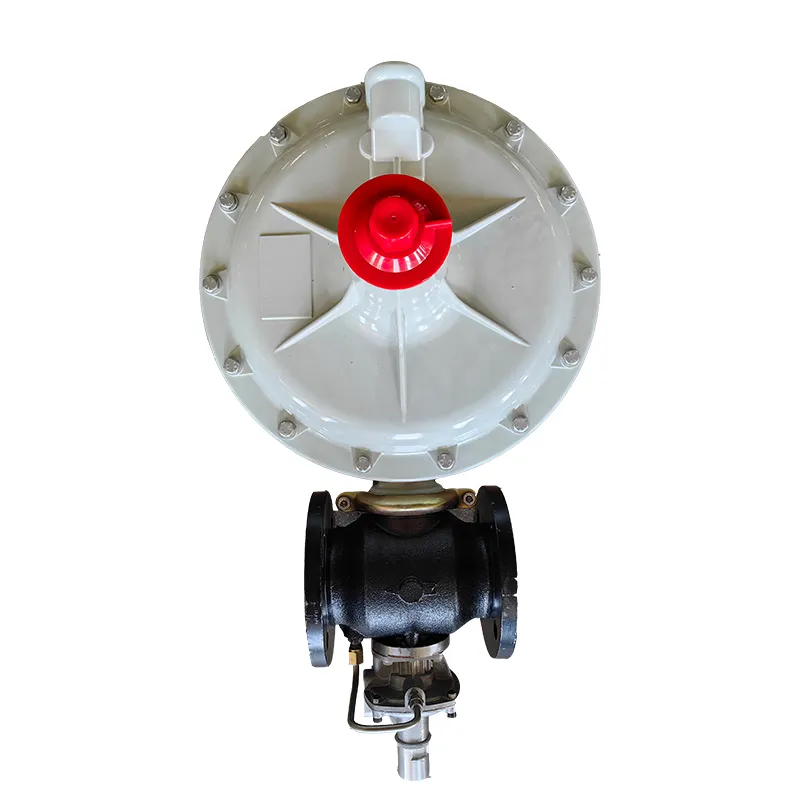
Dec . 23, 2024 06:46
Back to list
Understanding Gas Pressure Vessel Design and Safety Standards in Industrial Applications
Understanding Gas Pressure Vessels A Comprehensive Overview
Gas pressure vessels play a crucial role in various industries, including oil and gas, chemical manufacturing, and even food storage sectors. These specialized containers are designed to hold gases at higher pressures than the ambient atmosphere, ensuring safety and efficiency in the storage and transport of gaseous materials.
Definition and Importance
A gas pressure vessel is a container that safely holds gases at pressure levels above atmospheric pressure. The design and manufacturing of these vessels adhere to stringent safety standards, as improper handling or construction can lead to catastrophic failures. The significance of gas pressure vessels extends beyond mere containment; they facilitate the efficient storage of gases needed for energy production, chemical reactions, and various industrial processes.
Construction and Materials
Gas pressure vessels are typically constructed from durable materials capable of withstanding high pressures and corrosive environments. Common materials include carbon steel, stainless steel, and composite materials. The choice of material depends on factors such as the type of gas being stored, temperature, pressure ratings, and environmental conditions.
The construction process involves several critical steps designing the vessel based on pressure and temperature requirements, selecting appropriate materials, shaping the raw materials into the desired form, and performing welds or fittings that ensure a leak-proof structure. Additionally, pressure vessels undergo rigorous testing, including non-destructive testing methods, to ensure that they meet safety and performance standards.
.
Gas pressure vessels come in various types, each suited for different applications. The most common types include
وعاء ضغط الغاز

1. Storage Tanks These vessels are designed to store gases such as methane, propane, or natural gas at high pressures. They are often found at gas distribution facilities and industrial plants.
2. Cylinder Vessels Commonly used in portable applications, these cylinders can hold various gases, including oxygen and nitrogen, and are frequently seen in medical and industrial settings.
3. Cryogenic Vessels Built to handle gases at extremely low temperatures, these vessels store liquefied gases such as liquid nitrogen and liquid helium. They require specialized insulation and structural designs to maintain low temperatures.
Calculating Gas Pressure
Understanding the pressure inside a vessel is vital for ensuring its safe operation. The pressure is influenced by several factors, including the volume of gas, temperature, and the nature of the gas itself. The Ideal Gas Law, represented by the equation PV = nRT, describes the relationship between pressure (P), volume (V), temperature (T), and the amount of gas (n). This law helps engineers and operators predict how gases will behave under different conditions, allowing them to design vessels that can safely withstand expected pressures.
Safety Regulations and Standards
Due to the inherent risks associated with high-pressure gas storage, numerous regulations govern the construction and operation of gas pressure vessels. Organizations such as the American Society of Mechanical Engineers (ASME) and the Occupational Safety and Health Administration (OSHA) set standards aimed at ensuring safe practices in manufacturing, inspecting, and operating these vessels. Compliance with these regulations is essential, not only to prevent accidents but also to ensure environmental protection and occupational safety.
Conclusion
Gas pressure vessels are indispensable components in modern industrial applications. Their ability to store and manage high-pressure gases securely is essential for numerous sectors, from energy production to pharmaceuticals. Ongoing advancements in materials, design, and safety regulations will continue to enhance the reliability and effectiveness of gas pressure vessels, ensuring that they meet the demands of an evolving industrial landscape. Understanding their construction, types, functions, and safety requirements is crucial for anyone involved in industries that rely heavily on high-pressure gas storage and transportation. As technology evolves, so too will the methods and practices surrounding the management of gas pressure vessels, paving the way for safer and more efficient solutions.
Next:
Latest news
-
Safety Valve Spring-Loaded Design Overpressure ProtectionNewsJul.25,2025
-
Precision Voltage Regulator AC5 Accuracy Grade PerformanceNewsJul.25,2025
-
Natural Gas Pressure Regulating Skid Industrial Pipeline ApplicationsNewsJul.25,2025
-
Natural Gas Filter Stainless Steel Mesh Element DesignNewsJul.25,2025
-
Gas Pressure Regulator Valve Direct-Acting Spring-Loaded DesignNewsJul.25,2025
-
Decompression Equipment Multi-Stage Heat Exchange System DesignNewsJul.25,2025

